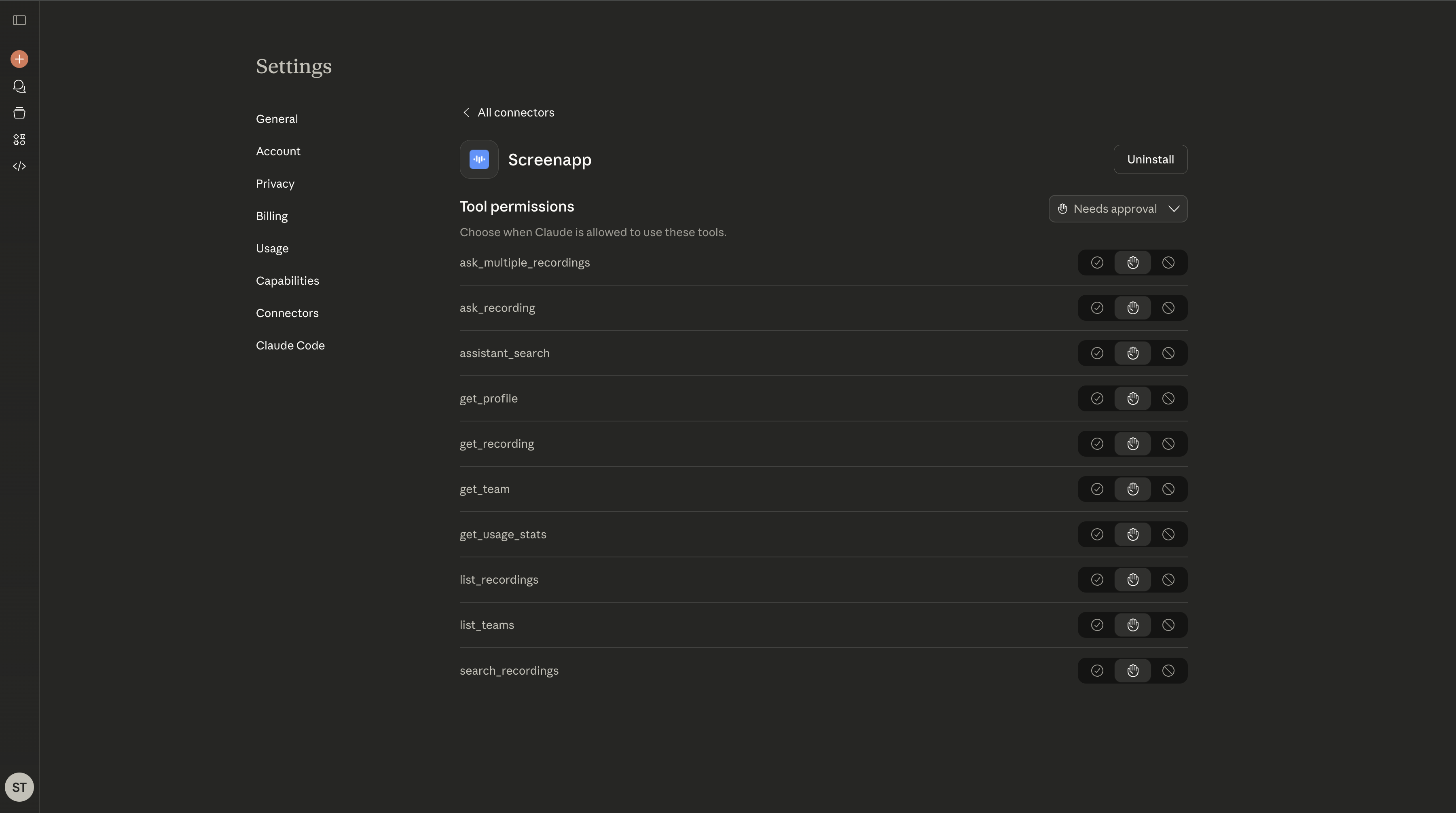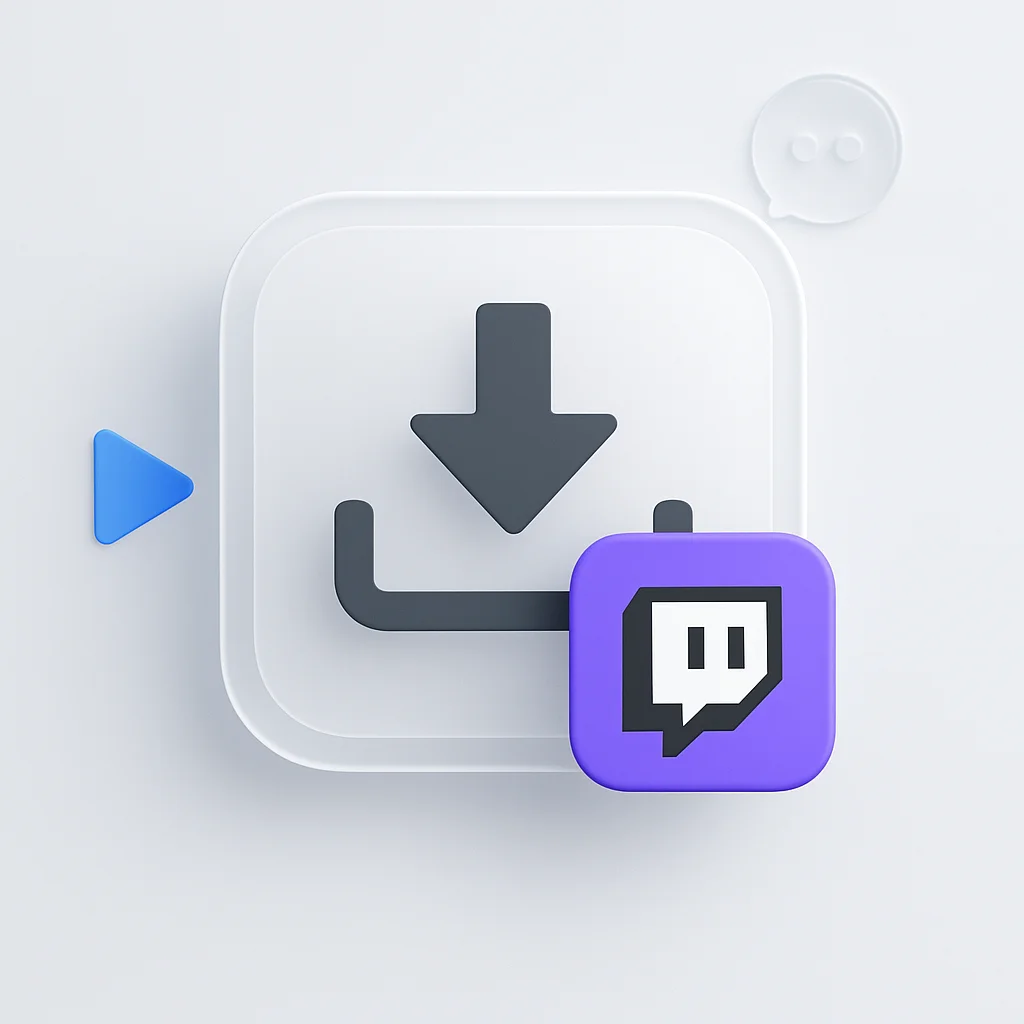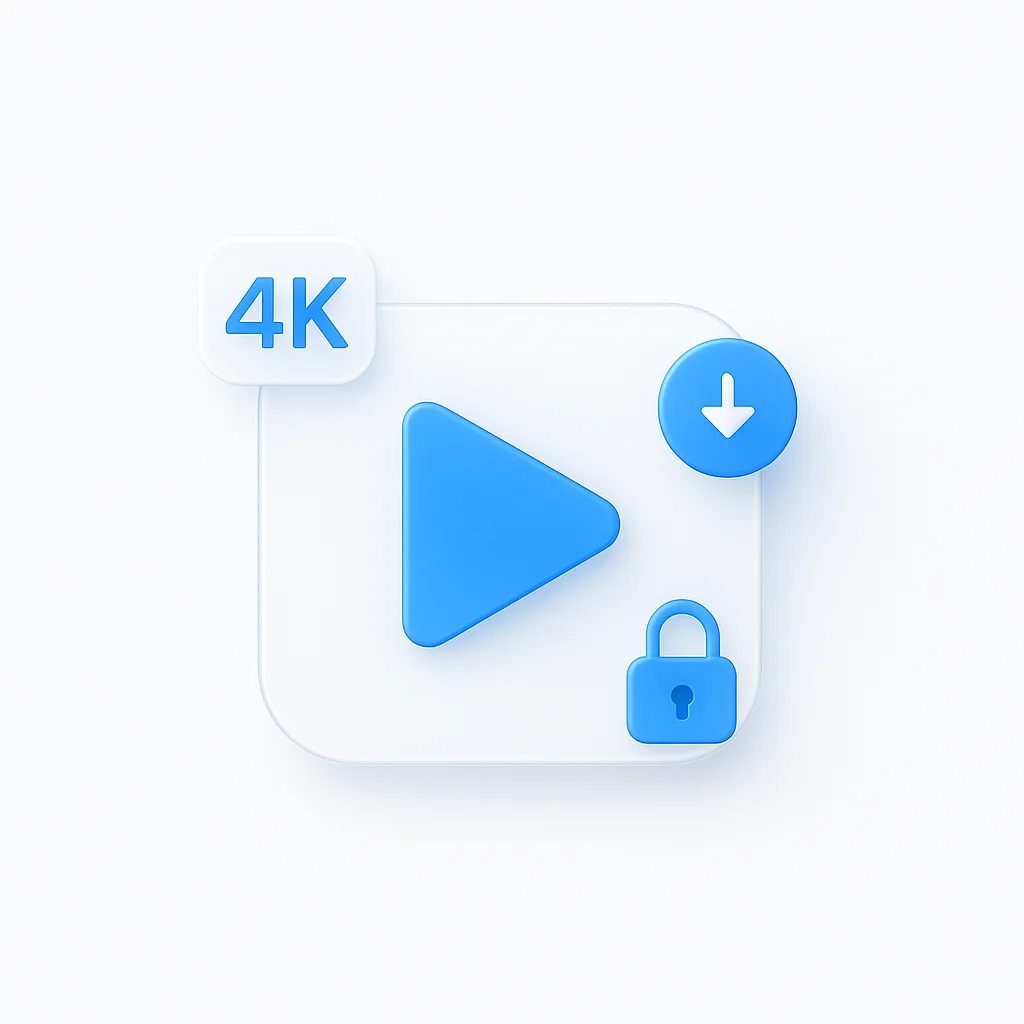Are you tired of struggling to capture and share important moments on your Windows 10/11 device? Look no further! We have the ultimate solution for you. Say goodbye to complicated software and hello to the Snipping Tool. In this comprehensive guide, we will walk you through everything you need to know about screen recording with this handy tool. Get ready to unleash your creativity and effortlessly capture, edit, and share your screen like a pro.
Introduction
In our ever-evolving digital world, the ability to capture what’s happening on your screen is invaluable. Whether you’re conducting an online tutorial, recording a gameplay walkthrough, or saving a video call with a loved one, screen recording has become an essential tool in our daily lives.
One tool that has potentially elevated the ease of this process is the Snipping Tool in Windows 10/11. A longstanding favorite for capturing screenshots, we’ll delve into the possible capabilities of this tool for screen recording.
Understanding the Snipping Tool
The Snipping Tool is a utility provided by Microsoft in its Windows operating system. It was first introduced in Windows Vista, and since then, has been included in other versions including Windows 10 and possibly 11. Its initial primary function is to capture screenshots or “snips” of any object on your screen, and it allows you to snip a selected area, a free-form area, or the entire screen.
Key features of the Snipping Tool include:
- Versatile Capture Modes: The Snipping Tool provides a variety of options for screenshot capture - you can choose a rectangular snip, free-form snip, window snip, or full-screen snip.
- Delay Feature: This feature allows users to take screenshots of pop-up menus and tooltips which would otherwise disappear when a screen capture tool is activated.
- Annotation Tools: The Snipping Tool comes with a pen and highlighter that you can use to annotate your screenshots directly.
This user-friendly tool might now have expanded its functionalities to include screen recording, potentially providing users with a straightforward, integrated method of capturing video content directly from their screens. This article will guide you through this new feature, if available, and help you optimize its use.
How to Use the Snipping Tool for Screen Recording in Windows 10
If the Snipping Tool now includes the functionality to record the screen, you can follow these potential steps to enable and control this feature:
- Opening the Snipping Tool: To open the Snipping Tool, click on the Start Menu, type ‘Snipping Tool’ into the search bar, and select it from the list of results.
- Accessing the Screen Recording Feature: Once the Snipping Tool is open, look for an option related to screen or video recording. This option might be located in the ‘Mode’ dropdown menu or as a separate button on the toolbar.
- Setting Up the Recording: Before you start recording, ensure that your system audio and microphone are set up properly if you want to include audio in your recording. You might need to adjust these settings in the control panel of your operating system.
- Starting the Recording: To start recording, click on the screen recording button. You might be able to select the area of the screen you want to record, similar to how you would select an area for a screenshot.
- Controlling the Recording: During the recording, there might be options to pause, restart, or stop the recording, depending on the added functionalities of the Snipping Tool.
- Saving the Recording: Once you’re done recording, the tool might prompt you to save the video file. Choose an appropriate location on your system to save the file for easy retrieval.
How to Use the Snipping Tool for Screen Recording in Windows 11
If the Snipping Tool in Windows 11 now includes a screen recording functionality, these steps might guide you to enable and control this feature:
- Opening the Snipping Tool: Click on the Start Menu, type ‘Snipping Tool’ into the search bar, and select the application from the results.
- Accessing the Screen Recording Feature: In the Snipping Tool interface, look for an option related to video or screen recording. It might be in the ‘Mode’ dropdown menu or presented as a separate button.
- Setting Up Your Recording: Make sure your system audio and microphone are set up correctly if you wish to capture audio in your recording. You might need to adjust these settings in your system’s control panel.
- Starting the Recording: Click on the screen recording button to start the recording process. You may have the option to select the portion of your screen you wish to record, similar to taking a screenshot.
- Controlling the Recording: Throughout the recording, you might be able to pause, restart, or stop the recording, depending on the new features of the Snipping Tool.
- Saving the Recording: Once your recording is complete, you might be prompted to save the video file. Choose a location on your system where you can easily access the file.
Comparing the Snipping Tool with Other Screen Recording Tools
The Snipping Tool, should it offer screen recording capabilities, is likely to have the advantage of being pre-installed and easy to use, given its straightforward interface. This makes it a handy tool for quick, unscheduled recordings.
Here are some potential pros and cons based on the tool’s existing capabilities and hypothesizing its screen recording function:
Pros
- Integrated tool: As a built-in Windows tool, it offers ease of access and use without the need to download third-party software.
- Simplicity: The Snipping Tool is known for its simple and intuitive user interface, which may extend to its screen recording function.
- Compatibility: As a native application, it’s likely to have better compatibility and integration with other Windows features and software.
Cons
- Limited Features: Compared to specialized screen recording software, the Snipping Tool might lack advanced features such as editing tools, the ability to record from different sources simultaneously, or an extensive range of export formats.
People may opt for the Snipping Tool for its simplicity and convenience, especially for uncomplicated recording tasks. However, for more advanced or professional-grade screen recording, third-party software like OBS Studio, Camtasia, or Bandicam might be more suitable due to their wider array of features.
Tips for Better Screen Recording with the Snipping Tool
For effective screen recording using the Snipping Tool, consider the following tips:
- Set the Right Resolution: Ensure your display settings match the resolution you want in your final video. Higher resolutions offer more clarity but result in larger file sizes.
- Ensure Good Audio: If the Snipping Tool supports audio recording, check your audio levels and clarity. Use a good-quality microphone and minimize background noise for clear, professional audio.
- Prepare Your Screen: Close unnecessary applications and clear your desktop of any irrelevant or sensitive information. Make sure only the relevant window or application is open and visible.
- Minimize Distractions: Turn off notifications and ensure you won’t be interrupted during the recording.
Troubleshooting Screen Recording with the Snipping Tool
Should you encounter any issues while screen recording with the Snipping Tool, consider the following common problems and potential solutions:
- Tool Not Responding or Crashing: This could be due to system resource constraints. Try closing unnecessary applications to free up memory and CPU usage. If the problem persists, consider restarting your computer.
- Poor Video Quality: This might be related to your system’s display settings. Make sure your screen resolution is set to the desired level before recording.
- Unable to Save Video Files: Make sure you have sufficient storage space and write permissions in your selected save location.
- Recording Not Capturing Full Screen or Desired Area: Make sure you’ve correctly selected the recording area. Some applications might not be captured correctly due to compatibility issues.
Remember to keep your system and the Snipping Tool up-to-date to ensure optimal performance and to access new features and bug fixes.
Audio Recording with the Snipping Tool
Assuming the Snipping Tool includes an audio recording feature in its screen recording mode, you would typically enable this option before starting your recording. Here’s how it might work:
- Enabling Audio Recording: In the recording settings, look for an option related to audio capture. This could be a checkbox or toggle switch labeled something like “Capture Audio” or “Record Microphone.”
- Setting Audio Levels: Adjust the microphone levels to ensure your voice is captured clearly. Avoid setting the level too high, as it might cause distortion or clipping.
- Reducing Background Noise: Use a good-quality microphone in a quiet environment for the best audio quality. You might also be able to enable a noise reduction feature in your system’s audio settings.
Adding Annotations and Highlighting in the Snipping Tool
The Snipping Tool is primarily a screenshot tool that lets you take snippets of your screen. It has a pen and highlighter feature that allows you to draw and highlight your screenshots for better clarity.
Assuming the tool now includes screen recording capabilities and maintains its annotation features, you might be able to annotate or highlight important areas during screen recording in real-time. Here’s how:
- Access Annotation Tools: These options are typically available in the recording interface. Select the desired tool (e.g., pen, highlighter).
- Apply Annotations: Click and drag your cursor over the screen area you wish to annotate or highlight.
This feature would be useful for tutorials or demonstrations, as it can help guide viewers’ attention to specific areas or items on the screen.
Screen Recording Formats with the Snipping Tool
The output format for screen recordings can vary between different tools. Let’s assume that the Snipping Tool supports popular formats like .mp4, .avi, and .mov:
- MP4: This is a widely used format for video files and is known for its high quality and relatively small file size. It’s compatible with a vast array of media players and devices.
- AVI: This format is one of the oldest and is compatible with many platforms. However, AVI files are larger than MP4 and might not be the best choice for longer recordings.
- MOV: This is Apple’s proprietary format. It’s best used when your target audience is primarily using Apple devices. Like AVI, MOV files are typically larger than MP4 files.
It’s important to choose the format that best suits your needs, considering factors like video quality, file size, and compatibility with various platforms.
Using Snipping Tool Screen Recordings for Different Purposes
Screen recordings can serve a variety of purposes, and the Snipping Tool can be a valuable resource if it has added screen recording features. Here’s how you might use this tool for different tasks:
- Tutorials: If you’re teaching a software process or demonstrating a digital task, Snipping Tool screen recordings could be an excellent way to guide your audience through each step. Ensure you’re speaking clearly and concisely, if audio is available, and consider using annotations or highlighting to direct attention.
- Webinars: For live presentations, you could use Snipping Tool screen recordings to prepare segments in advance. This can ensure smooth transitions and minimize technical issues during the webinar.
- Presentations: Screen recordings can be embedded into PowerPoint presentations or other slide decks to add interactive elements or demonstrate live software functionality.
For each of these purposes, remember to plan your recording carefully, ensuring your screen is uncluttered and your actions are clear and easy to follow.
Post-Recording Editing with the Snipping Tool
Assuming that the Snipping Tool now has screen recording and editing capabilities, you can make your videos more professional by trimming unnecessary parts, adding text overlays, or adjusting audio levels.
- Trimming: Most screen recording tools offer a feature to cut or trim your video. This is useful to remove unnecessary segments from the beginning or end, or even from the middle of your recording.
- Text overlays: Adding text overlays to your screen recordings can highlight important information or guide the viewer’s attention to a specific part of the screen.
Remember to save your work frequently during the editing process to prevent data loss, and always review your edited video for any errors or omissions before finalizing.
ToolsSupport for Windows 10/11Video EditingAudio RecordingMax ResolutionExport FormatsEase of UseSnipping ToolYes / YesLimitedNo1080p.MP4HighOBS StudioYes / YesYesYes4K.MP4, .MKVMediumCamtasiaYes / YesYesYes4K.MP4, .MOVLowBandicamYes / YesYesYes4K.MP4, .AVIMediumShareXYes / YesYesYes1080p.MP4, .GIFHigh
Conclusion
Screen recording is an indispensable tool in today’s digital world, offering a straightforward way to share knowledge, demonstrate processes, and communicate more effectively. Throughout this article, we’ve explored the potential of the Snipping Tool in Windows 10 and 11 as a screen recording tool—although it’s crucial to note that as of my last training data in September 2021, it primarily functioned as a screenshot tool.
We’ve discussed how to access and use the Snipping Tool’s speculated features for screen recording, the potential pros and cons compared to other recording software, and tips for producing high-quality screen recordings. If the Snipping Tool now offers these capabilities, we’ve also covered troubleshooting common issues and making use of any inbuilt editing features.
As always, the most effective tool is the one that best meets your unique needs. If the Snipping Tool has evolved to include screen recording, it could be an excellent, accessible option for many users. We encourage you to explore these features and see how they can enhance your digital communication. Remember, practice makes perfect. The more you experiment with screen recording, the more confident and adept you’ll become. Happy recording!






